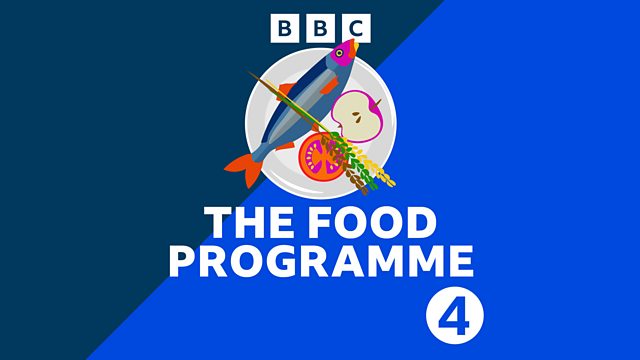Stouts and Porters: How dark beers became cool
Jimi Famurewa finds out why stouts and porters like Guinness are having a bit of a moment.
Stouts and porters, dark malty beers maybe used to have a reputation of being a bit stuffy but there has been a recent trend of these drinks growing in popularity.
Guinness, the biggest player in the market, has seen a big increase in sales, for a period being the bests selling pint in pubs for the first time. There’s been a big interest in it from young people, there is a whole genre of social media influencers comparing pints and even Kim Kardashian was photographed with one in London last St Patricks day.
In this programme, Jimi Famurewa looks at how a drink that is so ubiquitous and established becomes a cool.
Jimi goes to the wildly popular Devonshire Arms to meet Oisin Rogers and drink the arguably best pint of Guinness in London. The story of dark beer starts with porter in London and Jimi talks to beer writer Laura Hadland about the history of porter and stouts between the UK and Irish capitals.
Adding nitrogen to stout and porter is a huge part of Guinness’s success. Jimi visits Anspach and Hobday, brewers who are taking on Guinness with their own nitro porter, London Black.
Jimi also look at the history of stout and porter in West Africa with Eko brewery who are taking inspiration from the continent including the Guinness brewed in Nigeria.
Social media is a huge part of the interest in Guinness. Jimi sits down with a pint to talk to Ian Ryan who runs the shitlondonguinness Instagram page and has written a book One Man's Search for the Perfect Pint of Guinness, who is credited in having a big part in this trend.
Produced in Bristol by Sam Grist
Last on
More episodes
Broadcasts
- Sun 24 Mar 2024 12:32Βι¶ΉΤΌΕΔ Radio 4
- Mon 25 Mar 2024 15:30Βι¶ΉΤΌΕΔ Radio 4
Download this programme
Subscribe to this programme or download individual episodes.
Can comfort foods really make you feel better?
Yes they can, says Sheila Dillon.
Podcast
-
![]()
The Food Programme
Investigating every aspect of the food we eat


